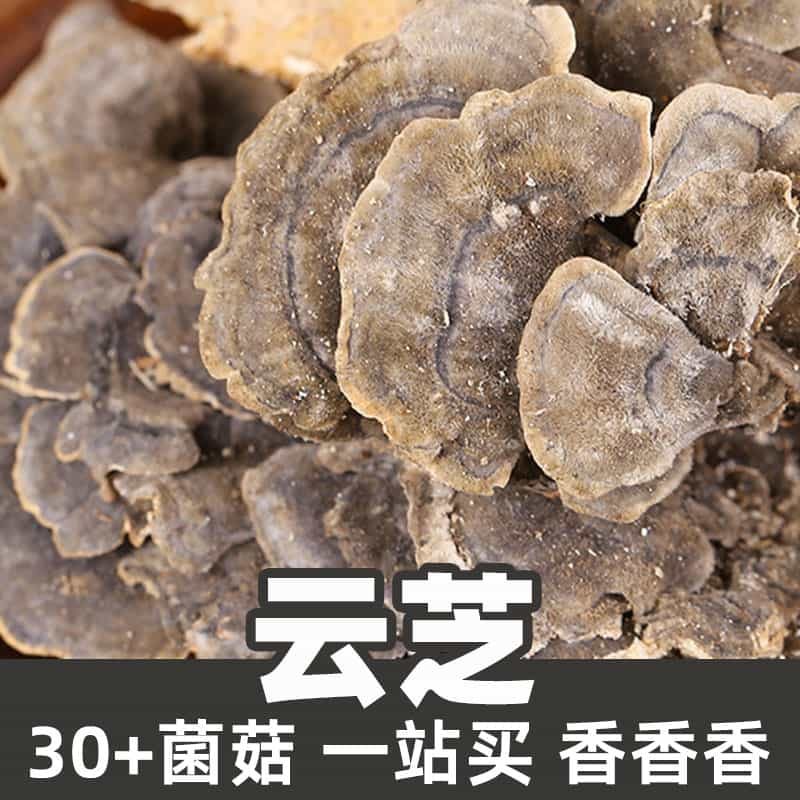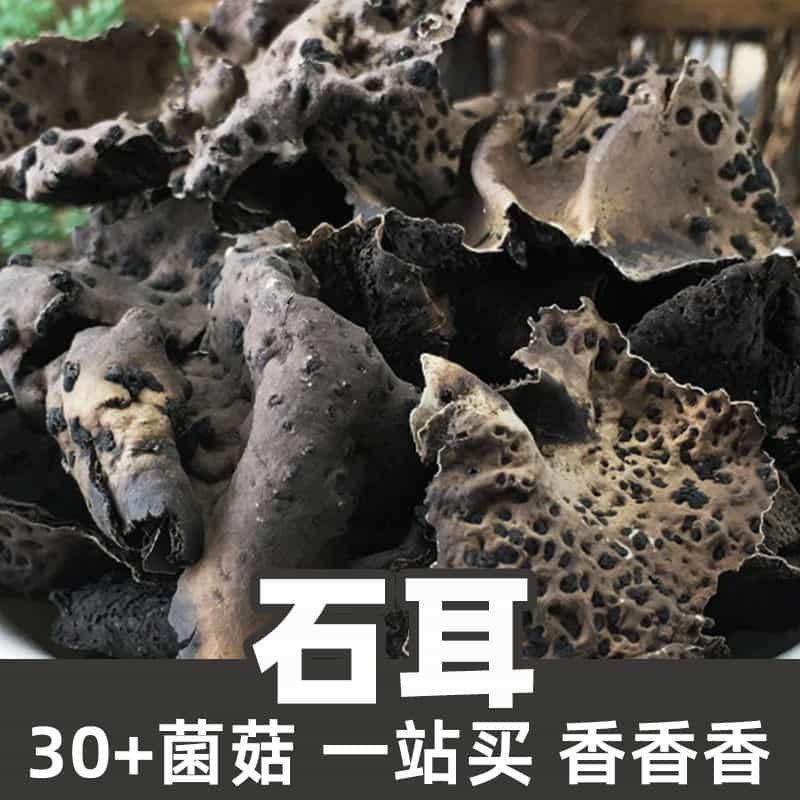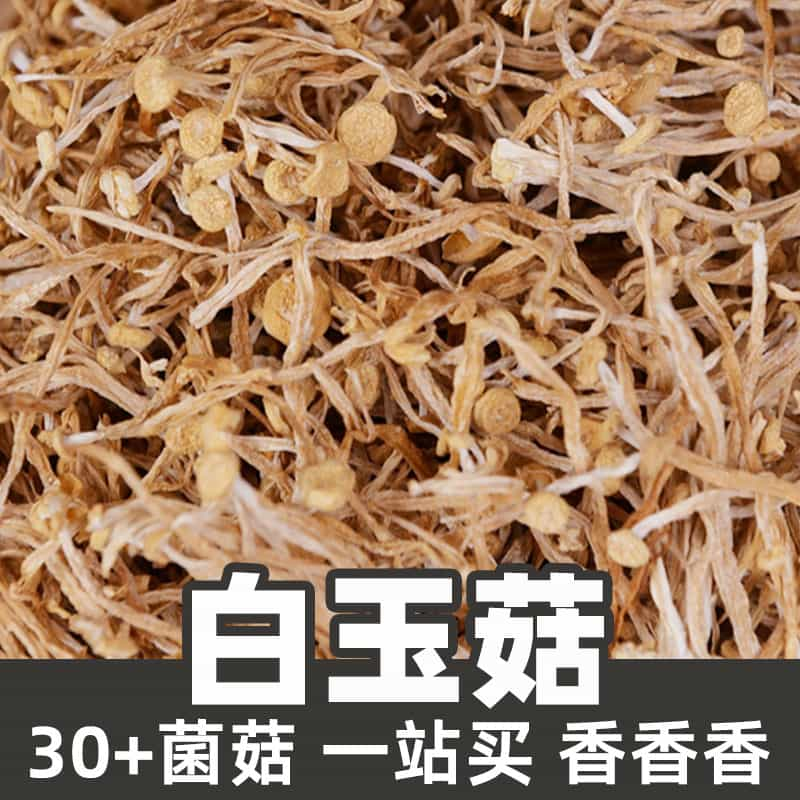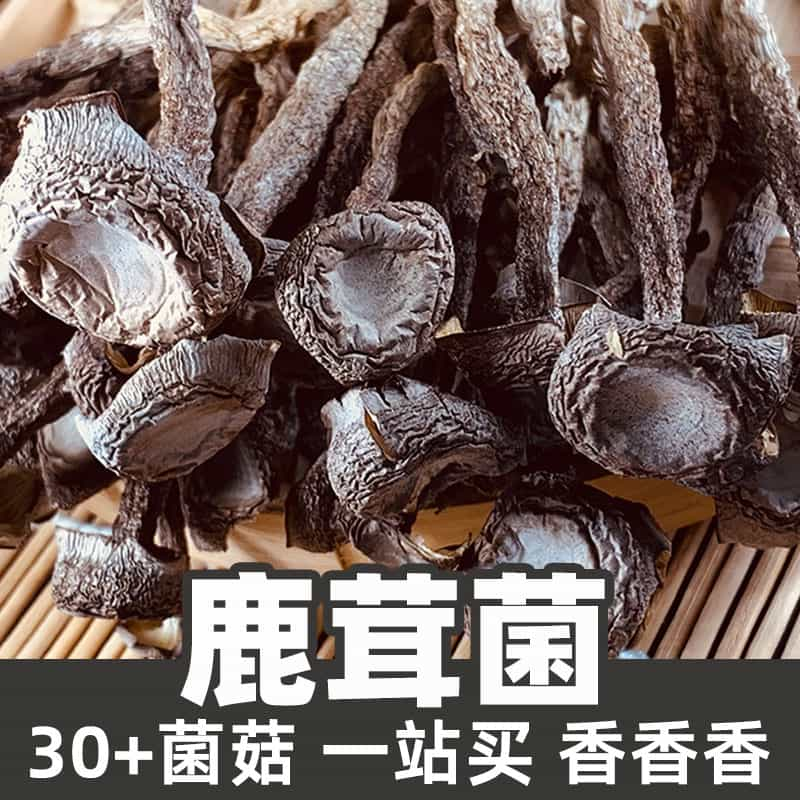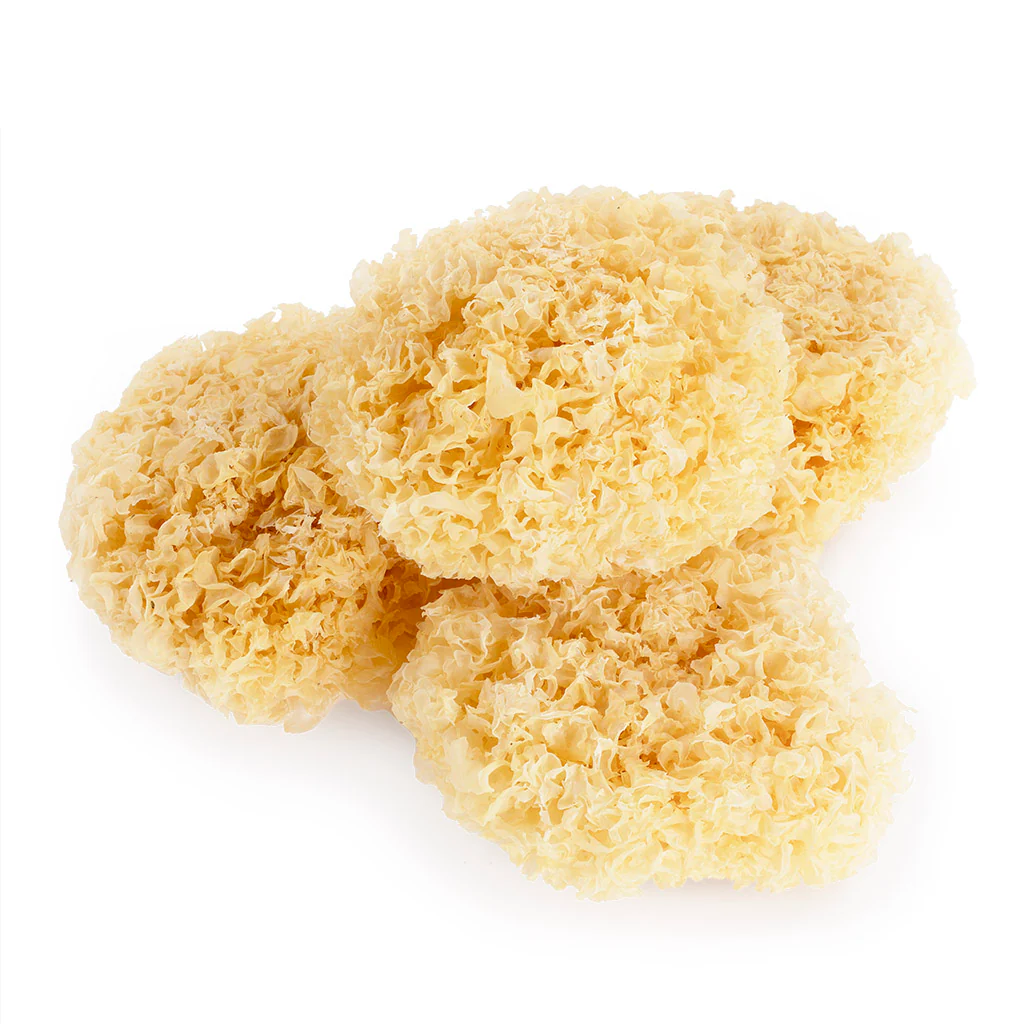Product Introduction
The Perigord Truffle, scientifically known as Tuber melanosporum, is one of the most esteemed truffle species in the culinary world. Originating from the Perigord region in France, this black truffle is celebrated for its intense aroma and complex flavor. It is a mycorrhizal fungus, meaning it forms a symbiotic relationship with the roots of trees, particularly oaks and hazelnuts, which are essential for its growth. The Perigord Truffle typically emerges between late autumn and early winter, making it a seasonal delicacy. Truffle hunters often employ specially trained dogs or pigs to locate these underground treasures, as the truffles release volatile compounds that attract these animals.
In cooking, Perigord Truffles are often shaved or grated over a wide range of dishes, including pasta, risotto, and meats, amplifying the meal's flavor profile. Their rich, earthy taste has also led to the creation of truffle oils, butters, and sauces. Beyond the kitchen, studies have been examining the potential health benefits of truffles, which may include antioxidant properties due to their unique chemical composition. Thus, the Perigord Truffle stands out not only for its culinary applications but also for its nutritional value, making it a sought-after ingredient in both gastronomy and potential health remedies.
Nutritional Composition
The Perigord Truffle is not only prized for its flavor but also its distinctive nutritional profile. Key active ingredients found in this truffle include a variety of amino acids which are essential for body function, as well as several volatile organic compounds that contribute to its unique aroma. The primary compounds associated with its scent are terpenes, which include substances like linalool and β-caryophyllene. These compounds are thought to play a significant role in the perception of the truffle's aroma and flavor, stimulating the human palate and olfactory senses.
Additionally, Perigord Truffles are low in calories and rich in minerals such as phosphorus, potassium, and magnesium. They also contain dietary fiber, which can assist with digestion. Antioxidants found within the truffle may help combat oxidative stress, potentially providing health benefits. The presence of certain phenolic compounds is also notable, as they contribute to the truffle's beneficial properties.
Moreover, the lipid profile of Perigord Truffles is interesting as well; they contain fatty acids that can be beneficial in moderation. The unique blend of these components makes Perigord Truffles not just a culinary delight but also a product of scientific interest in terms of health benefits. As research advances, the potential uses of these active ingredients might expand, leading to a greater understanding of their beneficial properties.
Application Scenarios
The culinary applications of Perigord Truffles are diverse, making them a highly valued ingredient in gourmet cuisine. Primarily, they are used to enhance the flavor of various dishes, including pasta, risottos, and meats. Shaving truffles over warm dishes allows them to release their essential oils, intensifying the overall taste experience. Chefs often use them to create truffle-infused oils for dressings or to garnish dishes with an added element of sophistication.
Apart from savory applications, there is also a growing trend of incorporating truffles into desserts and beverages, such as chocolate truffles or truffle-infused cocktails. The unique aromas associated with Perigord Truffles can complement sweet flavors when used judiciously, showcasing their versatility.
In addition to culinary uses, Perigord Truffles are also being explored in the field of alternative medicine. Some studies have suggested that certain compounds in truffles may exhibit antimicrobial and antioxidant properties, indicating potential benefits in health supplements or natural remedies. The growing interest in organic and natural ingredients in the wellness industry could see increased exploration of truffles beyond their culinary applications.
Furthermore, Perigord Truffles have also found use in fragrance formulations due to their captivating scent profile. The integration of truffle-derived fragrances in perfumes and personal care products reflects a broader application of these fungi in lifestyle and wellness markets. The truffle's unique olfactory profile adds a luxurious touch to such products, attracting consumers interested in premium experiences.
Growth Environment and Geographic Distribution
The Perigord Truffle thrives in specific environmental conditions that are found primarily in southern Europe, with a significant concentration in France's Perigord region. This truffle prefers calcareous soils, which are alkaline and well-drained, often found in areas with ample sunshine and moderate rainfall. The climate plays a vital role in its growth, with a preference for hot summers followed by cool, moist winters.
This truffle is often found growing in association with certain tree species, most notably the oak (Quercus spp.), as well as hazelnut and pine trees. The relationship between truffles and these trees is mycorrhizal, meaning the fungus forms a symbiotic association with the roots, allowing both organisms to benefit. This partnership is crucial for nutrient exchange, with the tree providing carbohydrates to the fungus and the fungus assisting in nutrient absorption for the tree.
While France remains the epicenter for these black truffles, they can also be found in other Mediterranean countries, including Italy and Spain. Additionally, new truffle farming methods have emerged in regions like the United States and Australia, which aim to cultivate truffles in controlled environments. However, the success of such ventures often depends on strict adherence to the required soil and climate conditions, making true Perigord Truffles a product of specific locales.
The natural distribution of Perigord Truffles is closely linked to their environmental needs, making them a rare find in the wild. The combination of their habitat's ecological conditions and the intricacies of their life cycle contributes to the continuing allure and demand for these culinary treasures.
Harvesting, Processing, and Storage
The harvesting of Perigord Truffles is a delicate and skilled endeavor. Typically, truffle hunters employ trained dogs or pigs to locate these underground fungi, as their keen sense of smell can detect the earthy scent of ripe truffles. The actual harvest is done manually; specialized tools are used to gently excavate the truffles from the soil without damaging them or the mycorrhizal network connected to the tree roots.
Once harvested, the truffles undergo minimal processing to preserve their unique qualities. Careful brushing is often used to remove soil and debris, and they may be gently rinsed with water if necessary. However, exposure to water should be limited, as it can impact their flavor profile and shelf life.
For optimal freshness and quality, Perigord Truffles should be used shortly after harvest. Storing them involves placing the truffles in a breathable container, such as paper or cloth, to allow moisture to escape while limiting exposure to air. Ideal storage temperatures range between 30°C and 50°F (approximately 0°C to 10°C).
While fresh truffles are the most sought after, their preservation can be achieved through various methods, including freezing or making truffle-infused products. Freezing helps maintain their flavor but may alter their texture. Truffle oils and salts are also popular ways to extend the truffle experience, allowing chefs and home cooks to incorporate the truffle's essence into their dishes over time. Regardless of the method, proper handling and storage are crucial to preserving the quality and flavor of Perigord Truffles.
Monica Sun is a seasoned expert in the natural raw materials industry, with over a decade of experience specializing in traditional Chinese medicinal herbs, spices, and fungi. She is skilled in the sourcing, processing, and application of these materials, emphasizing sustainability and innovation. Monica Sun has contributed to the development of high-quality natural raw materials that serve as essential components in functional foods, pharmaceuticals, and cosmetics, delivering tailored solutions to meet diverse market needs.









